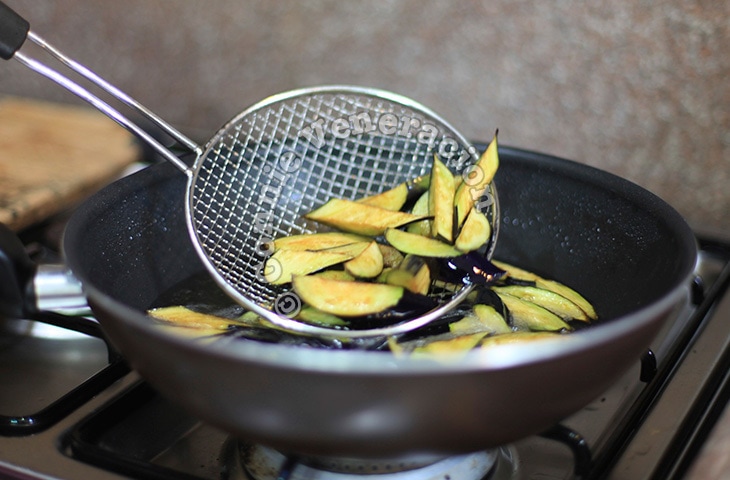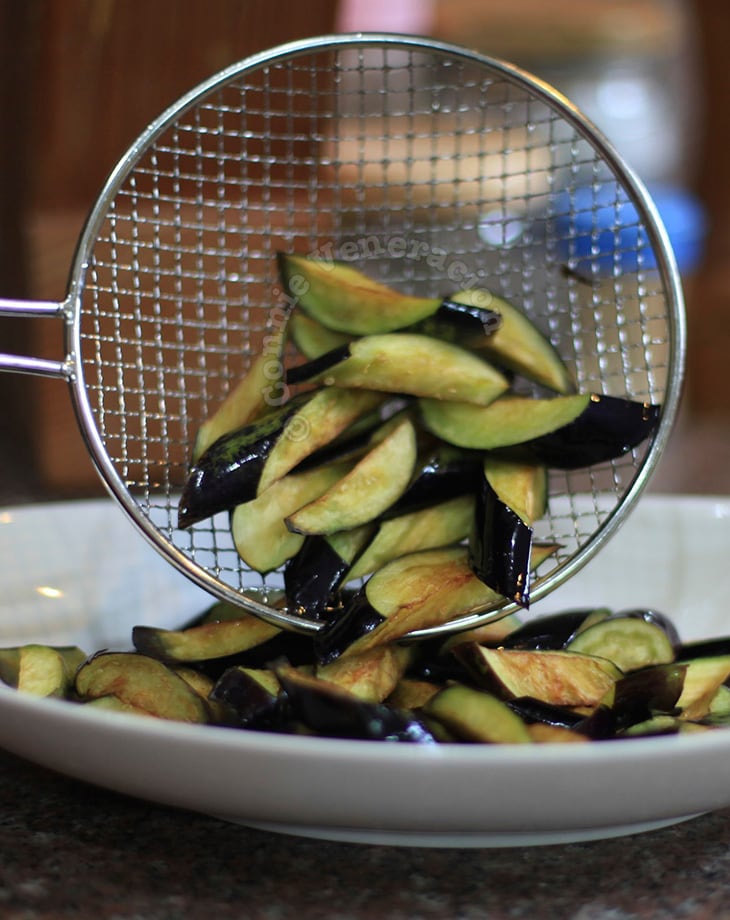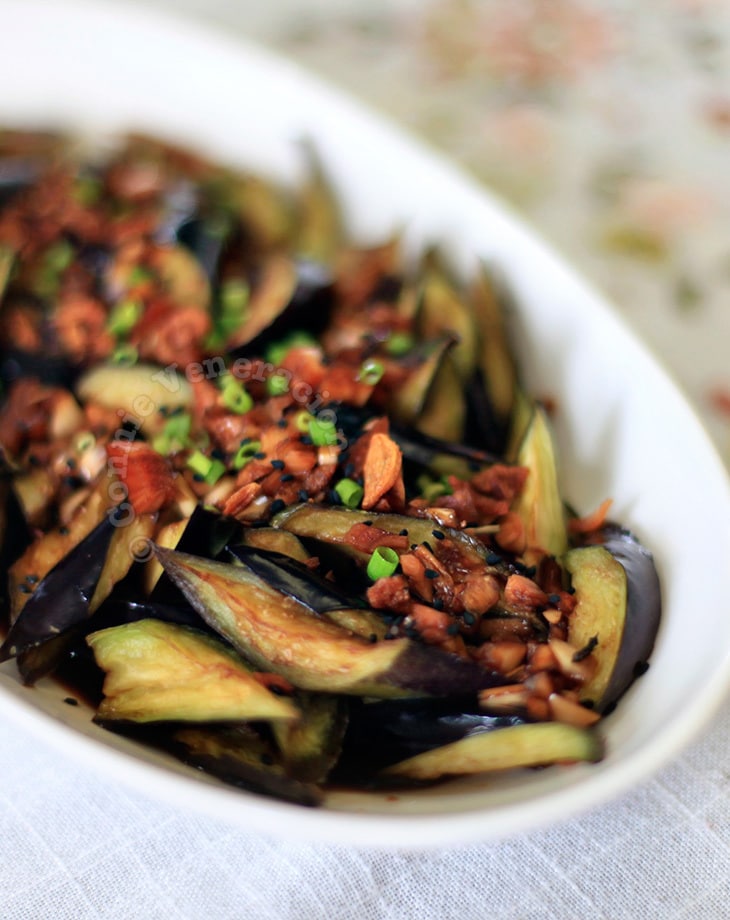When someone says “fried food”, the image that forms in most people’s minds is something that is greasy and dripping with cooking oil in which the food had been fried.
Truth is, properly fried food shouldn’t be greasy at all. The food should be fried at the proper temperature so that a crust-like texture quickly forms on its exterior, sealing the juices in and, at the same time, preventing too much oil from being absorbed by the food.
What the “proper temperature” is varies depending on the food you are frying but it is always determined by the size of the food and the cooking time required for the food to get cooked through. I don’t measure the temperature of cooking oil with a thermometer but the “proper temperature” is something I have come to be able to gauge automatically depending on what I’m cooking.
Put another way, the oil shouldn’t be too hot so that the food is nicely golden outside but still raw inside; neither should the temperature of the oil be too low that the food is literally simmering in it.
For instance, French fries should be cooked in smoking hot oil and there shouldn’t be any problem about the potato sticks not getting cooked through since they are cut into very thin pieces. On the other hand, cubes of meat will require a longer cooking time and, if breaded, the frying process becomes even more challenging since bread crumbs burn very fast in very hot oil. So, balance is the key and only practice will allow you to find that.
When it somes to frying, it is also important to note that different kinds (and cuts) of food require different frying processes to obtain the best results. There is pan frying (or shallow frying, as some call it), deep frying, stir frying and flash frying. For instance, eggs are pan fried, fried chicken is deep fried, and small often thin pieces of meat and / or vegetables are stir fried in many Asian dishes.
And then, there’s flash frying. What is flash frying? It is cooking food in very, very hot oil and only for a minimal period of time.

Take eggplants, for example. Eggplants are notorious for their ability to soak up oil. So, you really don’t want to fry eggplants longer than is necessary to cook them through. If fried for too long, they absorb too much oil and turn soggy. The best technique to use to fry eggplants is to flash fry them. Heat up enough oil that will allow the cut eggplants to swim freely and, when smoke starts to appear, dump the eggplants in.

They only need a minute or so to cook. As soon as the exposed flesh turns light brown, they are done. Scoop them out with a spider immediately to prevent them from absorbing oil. The only oil you want on them is the little oil that coats each piece.
Shake the spider lightly over the pan to allow excess oil to drip back in and transfer the cooked eggplants on a plate or very shallow bowl — not a deep bowl because steam buildup deep inside the bowl will make the eggplants soggy. Serve the eggplants with a dipping sauce on the side, or drizzle the sauce over them and you’re good to go.
